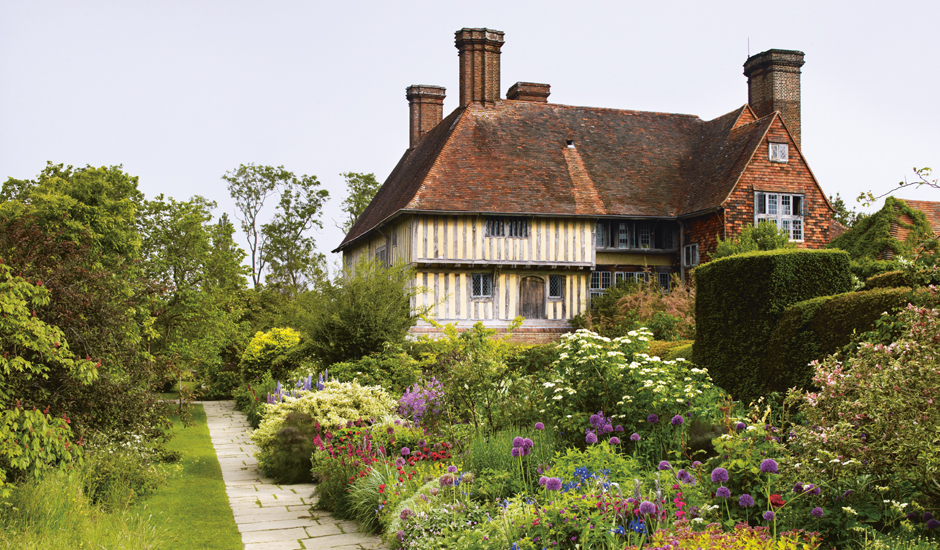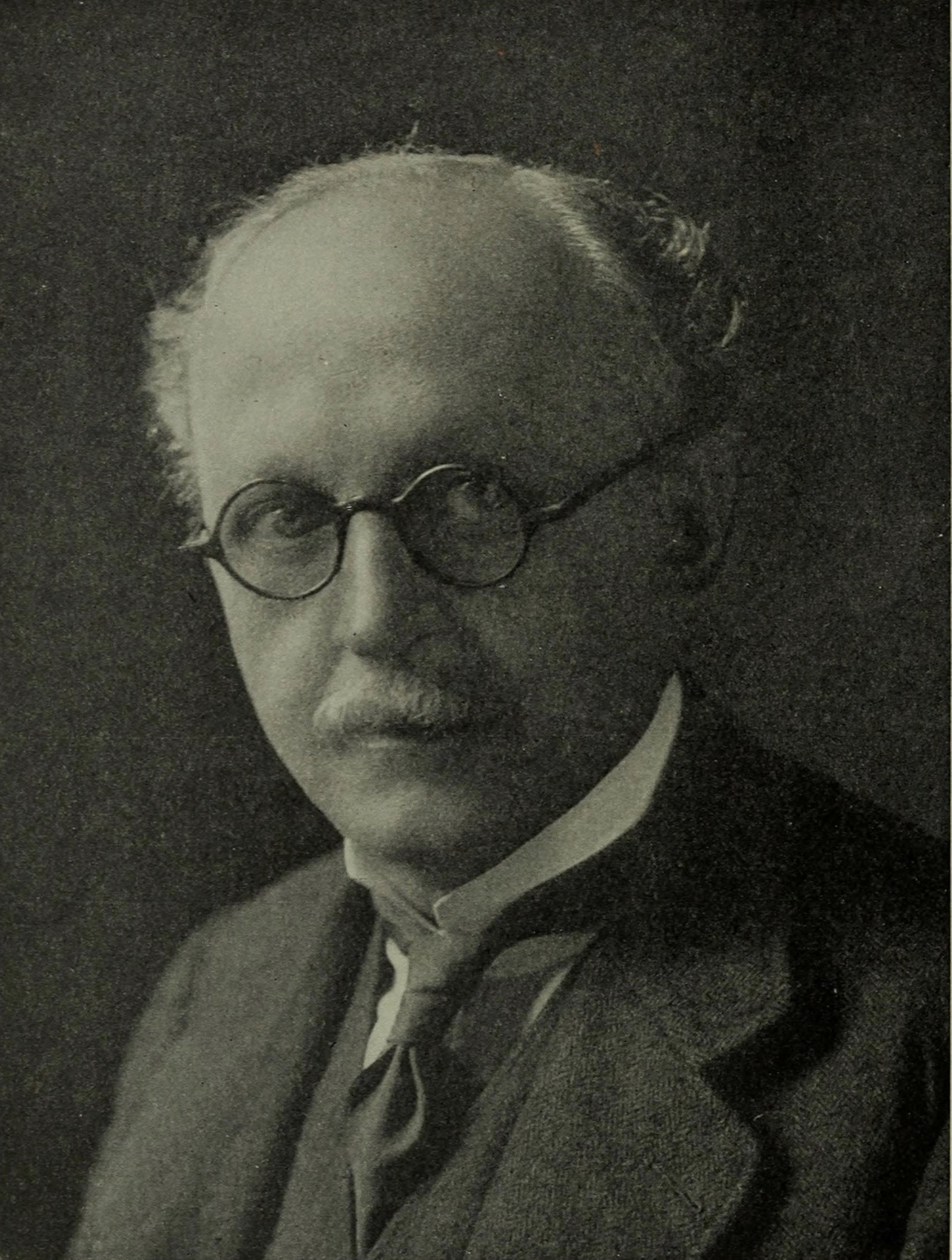
How Edwin Luytens created Great Dixter
The architect was born 149 years ago today. Here's how he took two medieval buildings to make something new
When, in 1910, the British businessman Nathaniel Lloyd began planning the enlargement and restoration of his 15th century house in East Sussex, he asked two architects to submit plans. The first, Sir Ernest George, was the more senior, and had already completed a number of notable country houses.
George's plan for the dwelling, then called Dixter, called for an enormous amount of restoration, to essentially produce a straightforward Edwardian dwelling. However, George's former pupil, Edwin Lutyens – who was born on this day, 29 March, in 1869 - was also asked to bid. Though his submission bears little resemblance to the completed building, Lutyens' arts-and-crafts stylings, and his knowledge of the vernacular building practices of south-east England led Lloyd to pick the less prominent practitioner.
Together, they drove around the minor roads of the region, examining the buildings. In the nearby village of Beneden, the pair came across a derelict, timber house, of a similar vintage to Lloyd's.
Lutyens suggested that Lloyd purchase the house, as the architect believed he might be able to work its old timbers into Dixter. Lloyd agreed, and eventually bought the Old House at Home, as the building had been known, for £75 in June 1910.

Its constituent parts were dismantled, numbered and transported nine miles south to Dixter, where the architect and his labourers combined these two older dwellings into something new. Here's how Historic England describes the resulting building in its listing: "The north-west wing is a timber-framed hall-house of unusually fine proportions and preservation, 1464-1479 circa. The south-east wing is a house of a similar type but smaller size which was brought here from Benenden in Kent and re-erected. The north-east wing is a Lutyens addition."
Taken together, with the gardens that Lutyens also designed, Great Dixter – as the finished building was named – looks like one single, Medieval building, albeit one with some of the structural rigour and utility more commonly found in the 20th century.
Some might regard this old-for-new architecture as somehow false. Yet Lloyd never saw Great Dixter as some work of fake architecture, but instead a modern, visionary interpretation of antique English building materials and styles. "The spirit in which the work has been done may be summed up by saying that nothing has been done without authority," he wrote in 1913, following Great Dixter's completion, "nothing has been done from imagination; there has been no forgery."

For more on Great Dixter, its beautiful, productive gardens, and the food grown and produced there, order a copy of The Great Dixter Cookbook. Meanwhile, for more creative uses of timber in architecture, get Wood.